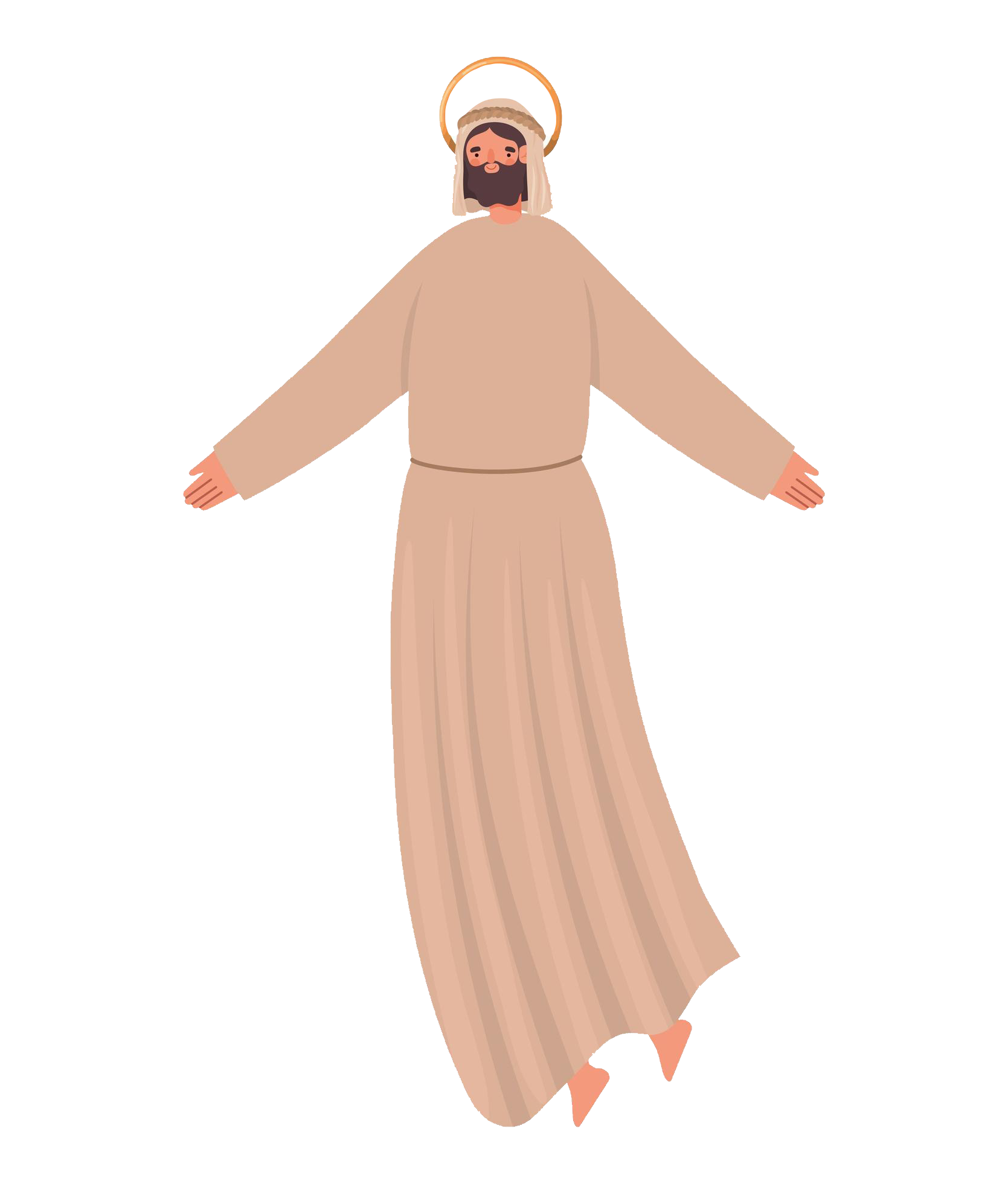What is the Bible?
The Bible is a collection of ancient books written over centuries. It includes law, poetry, prophecy, wisdom literature, biographies, and letters — all inspired by God and telling one unified story of redemption. The Bible reveals who God is, how He interacts with humanity, and what He has done to restore the broken relationship between Himself and us.
From Genesis to Revelation, it’s the unfolding drama of God's plan to rescue the world through Jesus Christ. It’s not just information — it’s invitation.





